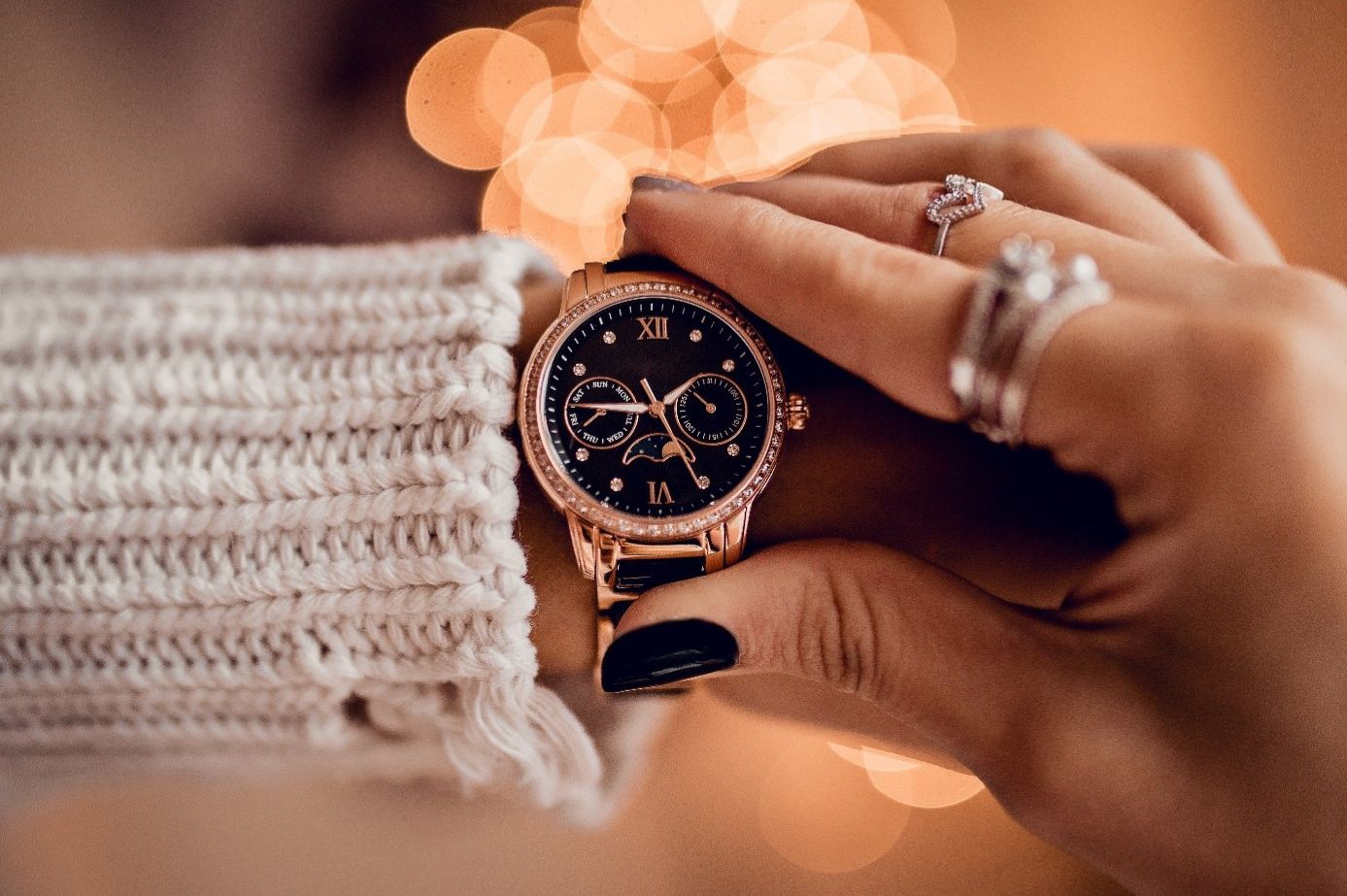Almost 200 years ago, on April 18, 1827, Goethe and his assistant Eckermann took a ride outside the gates of Weimar. They encountered well-built horses, and the poet criticized the inadequacy of the "aestheticians," who tried in vain to capture beauty through abstraction.
Dials as a manifestation of beauty
Now, there are undoubtedly many manifestations of timeless beauty in the world, and in addition to horses, wristwatch dials must be included among them. Contrary to the German poet's aphorism, this attempt will shed light on the reasons for this aesthetic fascination and address some of it.
The perfection of the circle
Essentially, there are two aspects that emerge: form and color. Here, we'll focus on form. The circle immediately catches the eye. Geometrically, it's a flat curve that demonstrates complete closure. All its points are the same distance from the center. This represents rigor, constancy, and regularity. The clock hands move around this circle at a constant speed. They perfectly represent it. One could also say they perform a harmonious oscillation in the flow of time.
Roundness and circles have positive connotations in society. People are familiar with "a round whole," want to "round something off," and are part of the "family circle." Circles also appear in nature: consider the ripples created by a stone thrown into water, the human circulatory system, or the shape of flowers like asters and gerberas. And the planetary orbits around the sun, while not circles, are ellipses, yet still round. Finally, as far as human creations are concerned, pre-modern technology already knew the wheel.
But back to the clock face. The apparent movement of the sun relative to the Earth throughout the day is also imitated in the clock face and the movement of the hands on it. It rises on the horizon in the morning, rises, reaches its zenith around noon, and then sets again until it finally disappears behind the horizon. Even after decades, wristwatches with digital displays have not been able to compete with analog clocks with hands. Could it be that the aesthetic appeal of the circle plays a role here?
The correspondence in humans
The sun was mentioned. It is a sphere containing the circle. The poet with whom this reflection began is supposed to build the bridge to humanity. Goethe once wrote:
"Were not the eye sun-like,
The sun could never see it;
If God’s own power did not lie within us,
How can divine things delight us?"
The circle finds a counterpart in man, which is why he is attracted to the round clock face.



